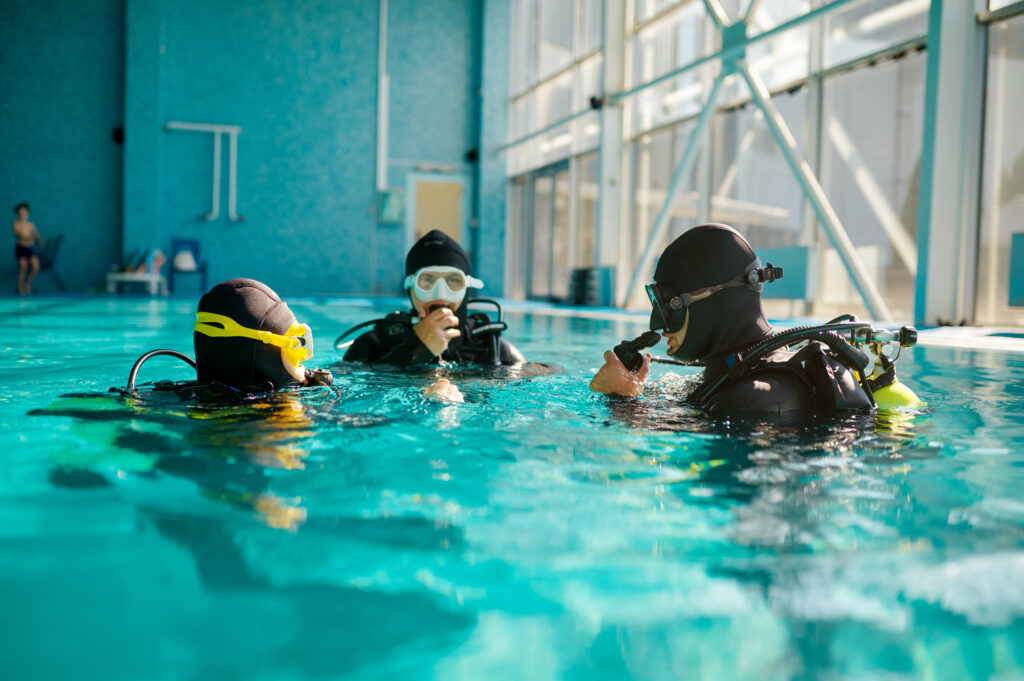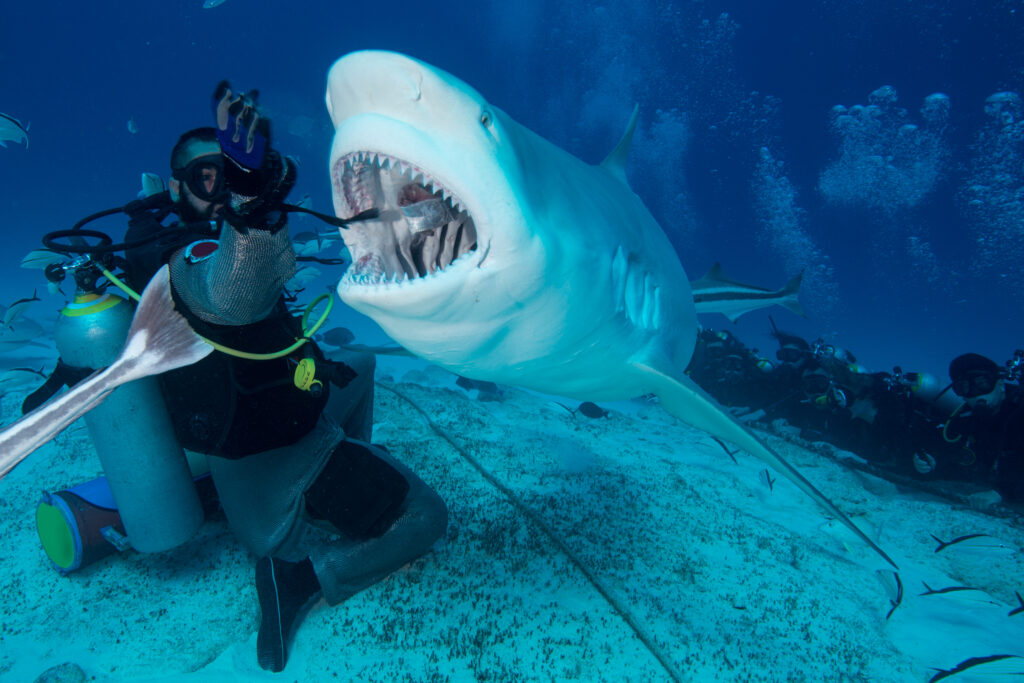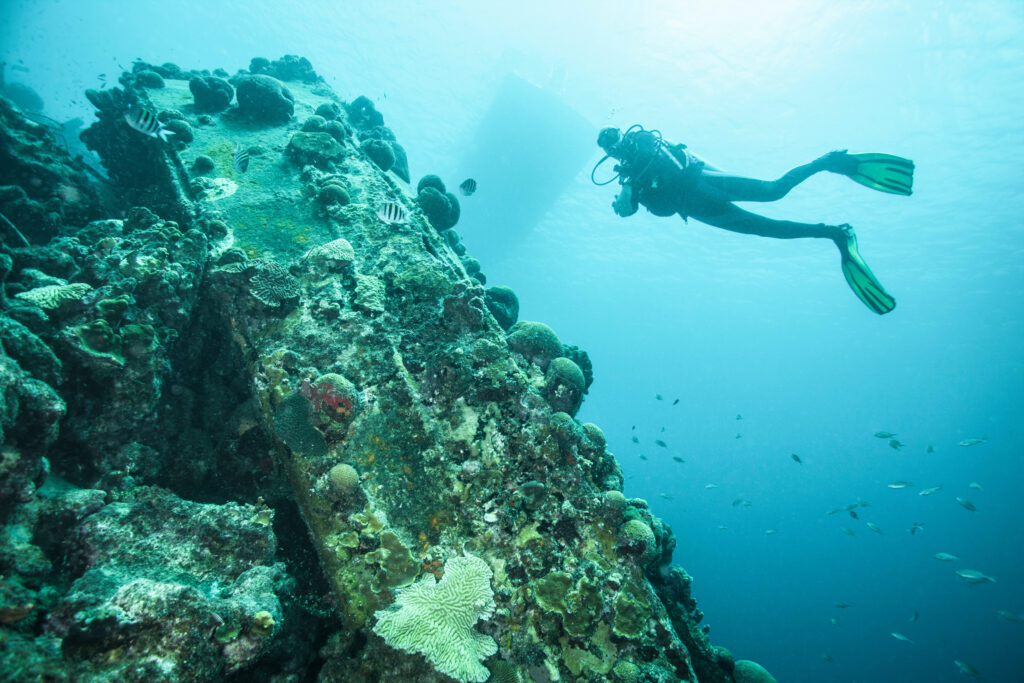What is a Jellyfish?

Jellyfish are fascinating marine animals belonging to the phylum Cnidaria. These gelatinous creatures have existed for over 500 million years, making them some of the oldest living species on Earth. Characterized by their distinctive bell-shaped bodies and tentacles, jellyfish are predominantly found in oceans but can also inhabit some freshwater environments. Their simplicity is deceiving, as they play crucial roles in marine ecosystems and exhibit complex behaviors despite lacking brains, hearts, or bones. This entry explores the biology, classification, ecological significance, and interactions between jellyfish and humans, shedding light on these enigmatic creatures.
What is a Dive Table?

A dive table is a crucial tool in the practice of scuba diving, used to ensure divers can ascend safely without suffering from decompression sickness. These tables provide guidelines for how long a diver can stay underwater at various depths and the necessary surface intervals to avoid decompression sickness, also known as “the bends.” Dive tables are essential for maintaining diver safety, as they help manage the body’s intake and release of inert gases, such as nitrogen, which dissolve into the body tissues under pressure. By following dive table guidelines, divers can plan their dives to stay within safe limits, reducing the risk of injury from decompression.
What is Nitrogen Narcosis?

Nitrogen narcosis, often referred to as “raptures of the deep,” is a condition that affects scuba divers at significant depths. This phenomenon is induced by the increased partial pressure of nitrogen in the body as divers descend, leading to a narcotic effect on the central nervous system. Recognized by divers and scientists alike, nitrogen narcosis can impair judgment, motor coordination, and overall cognitive function, making it a critical issue in deep-sea diving.
What is a Dive Operator?

A dive operator is a professional entity responsible for organizing and facilitating scuba diving activities for individuals and groups. Dive operators play a crucial role in ensuring safe, enjoyable, and educational experiences for both novice and experienced divers. They provide a wide range of services, including equipment rental, guided dives, training courses, and logistical support for dive trips. As central figures in the scuba diving industry, dive operators are essential for maintaining high standards of safety and environmental stewardship. Their expertise and resources enable divers to access and enjoy underwater environments that might otherwise be difficult to reach or navigate.
What is Free Air?

Free air refers to air at atmospheric pressure, which is the pressure exerted by the weight of air in the Earth’s atmosphere. In the context of scuba diving, understanding the concept of free air is crucial for managing various aspects of dive planning and safety, including buoyancy, gas consumption, and decompression sickness. This entry will delve into the relationship between free air and compressed air, and how this understanding impacts diving practices.
What is Multilevel Diving?

Multilevel diving is a technique in scuba diving that involves changing depths multiple times throughout a single dive. Unlike traditional dives, where a diver descends to a certain depth and remains there until starting their ascent, multilevel diving takes advantage of varying depths to maximize bottom time and minimize the risk of decompression sickness (DCS). This method is particularly beneficial for exploring underwater environments with significant depth variations, such as coral reefs, wrecks, and underwater walls.
What is a Gas Embolism?

A gas embolism is a serious medical condition that can occur when gas bubbles enter the bloodstream and obstruct blood vessels. This condition is particularly relevant to scuba divers due to the unique pressures and environments encountered underwater. When a diver ascends too quickly or experiences equipment failure, gas bubbles can form within the blood vessels, leading to potentially life-threatening complications. Understanding gas embolism within the context of scuba diving involves recognizing how these gas bubbles form, their impact on the body, and the measures necessary to prevent and treat this condition.
What is Outgassing?

Outgassing, in the context of scuba diving, refers to the process by which dissolved gases are released from a diver’s body tissues. This phenomenon is crucial for maintaining safety during and after a dive, as improper outgassing can lead to decompression sickness (DCS), commonly known as “the bends.” When a diver ascends too quickly, the rapid decrease in pressure can cause dissolved gases, primarily nitrogen, to form bubbles within the body. These bubbles can lead to serious health complications, emphasizing the need for a thorough understanding of outgassing dynamics and proper ascent procedures.
What function does Helium have in Scuba Diving?

Helium, a chemically inert and second lightest element in the universe, plays a significant role in the world of scuba diving, particularly in deep diving. Its unique properties provide divers with a safer breathing gas mixture that reduces the risk of nitrogen narcosis and decompression sickness. This entry explores the history, benefits, and applications of helium in scuba diving.
What is High Pressure Nervous Syndrome (HPNS)?

High Pressure Nervous Syndrome (HPNS) is a neurological and physiological condition that affects individuals exposed to high-pressure environments, primarily encountered during deep-sea diving and underwater activities. It is a critical issue for divers, particularly those engaging in dives deeper than 150 meters (492 feet), where the effects of high pressure on the human body become increasingly pronounced. Understanding HPNS is essential for ensuring the safety and well-being of divers operating in extreme underwater conditions, as it can significantly impact their performance and health.
